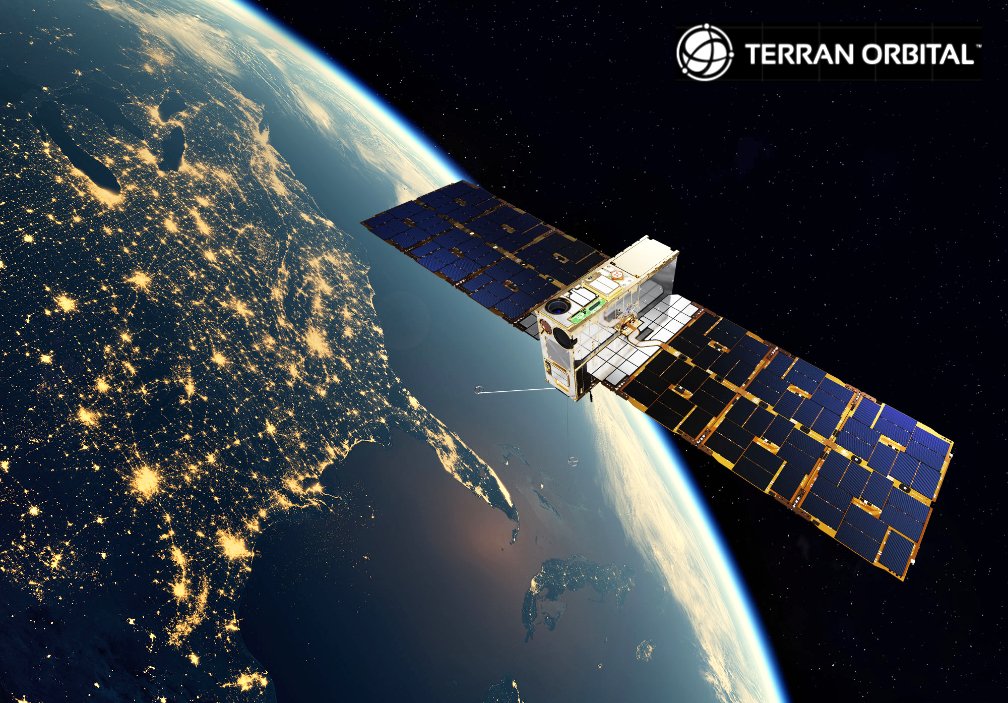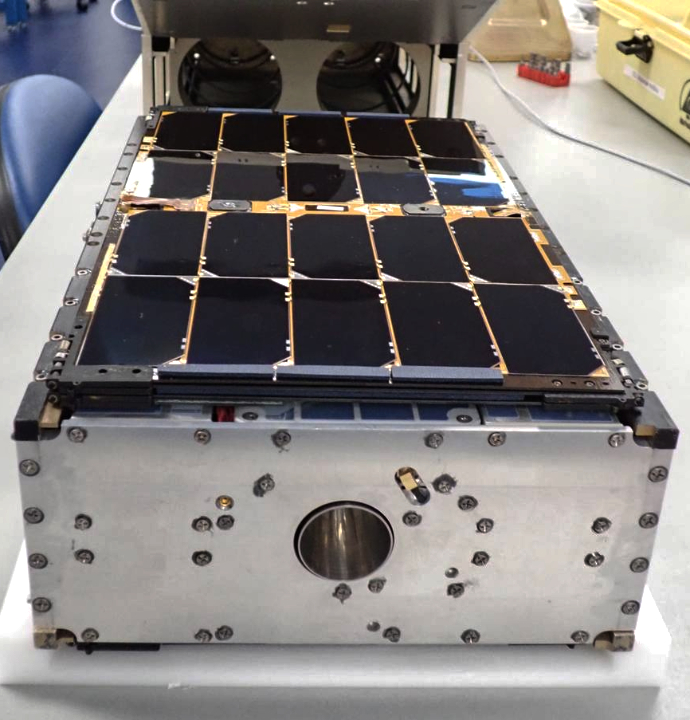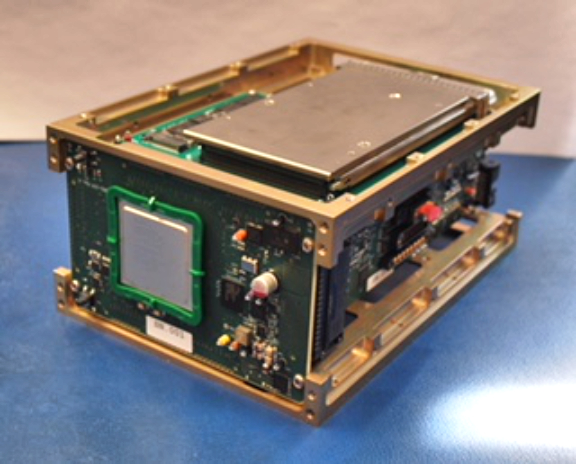
Terran Orbital Corporation (NYSE: LLAP) has contributed to the successful demonstration of a record-breaking, 1.4-terabytes of data delivered from space to ground by an optical downlink in a single pass.

Photo is courtesy of Terran Orbital Corporation
The demonstration connected the TeraByte InfraRed Delivery (TBIRD) laser communications payload aboard NASA’s Pathfinder Technology Demonstrator 3 Satellite (PTD-3) to the ground, transmitting 1.4 TB of test data in a single ground station pass lasting less than 5 minutes — TBIRD is a NASA Space Communications and Navigation payload developed by the MIT Lincoln Laboratory.

NASA’s PTD mission series tests the operation of a variety of novel satellite technologies to provide significant enhancement to the performance of versatile spacecraft. Terran Orbital designed, built, integrated, and operated the spacecraft for the first PTD satellite, PTD-1, to demonstrate a propulsion system with a water-based propellant generated via water electrolysis.
PTD-3 is also a Terran Orbital-developed satellite with added components to support the TBIRD payload. This optical communication technology demonstration aims to advance the state of the art for high-speed, direct-to-Earth transmission of data from LEO satellites to ground stations, targeting downlink at the unprecedented rate of 200 gigabits per second. Fast, error-free transfer of extremely high volumes of data may transform the operations and missions of scientific, commercial, and defense satellites.
“Terran Orbital is thrilled to have contributed to the successful 1.4 terabyte space-to-ground optical link for PTD-3,” said Terran Orbital Co-Founder, Chairman, and Chief Executive Officer, Marc Bell. “The flight qualification and demonstration of the groundbreaking technologies making the link possible will benefit future government and commercial missions. Terran Orbital is grateful for NASA and MIT Lincoln Laboratory’s partnership in the PTD-3 mission. We look forward to completing the next record-breaking space-to-ground optical link – at 200 gigabits per second – in the near future.”
